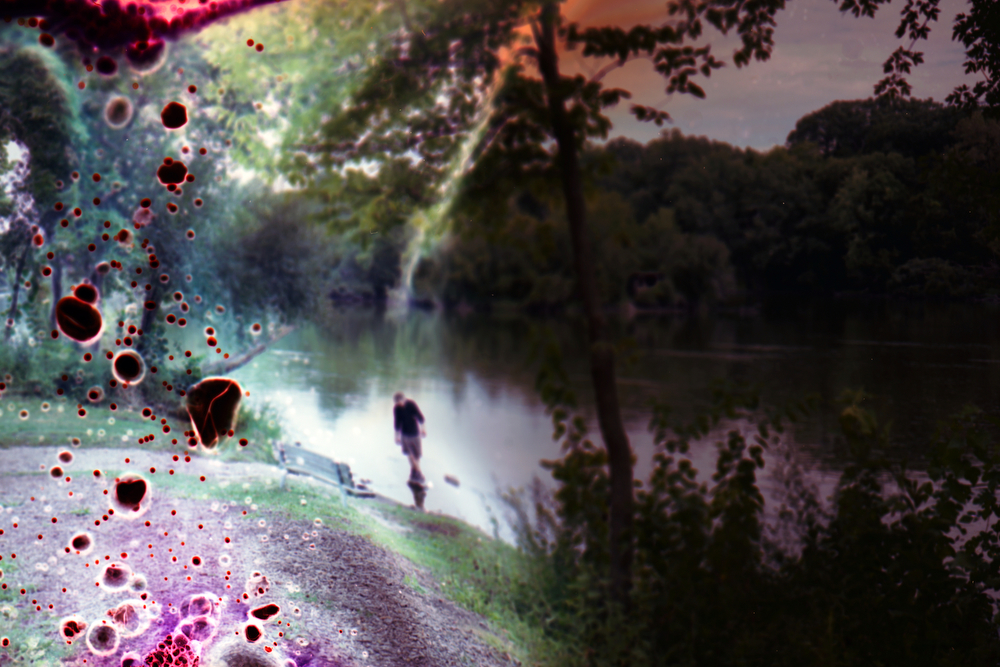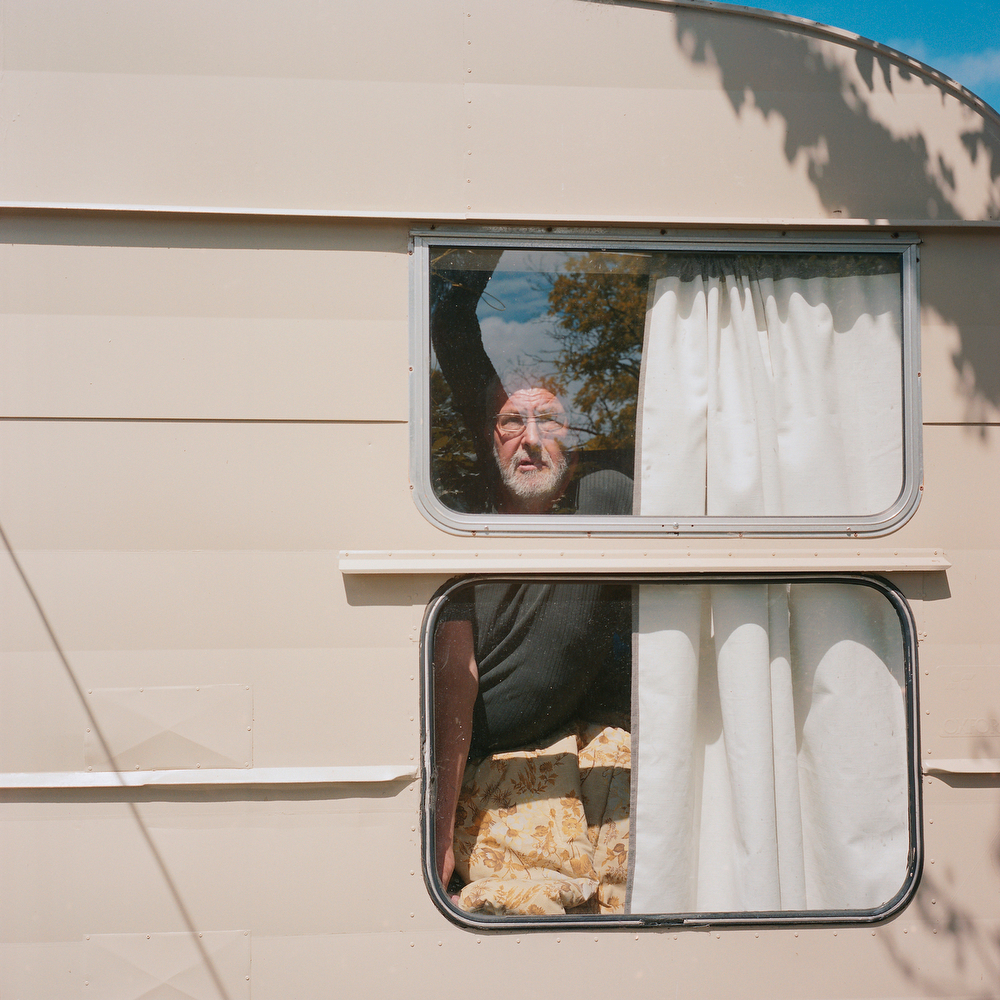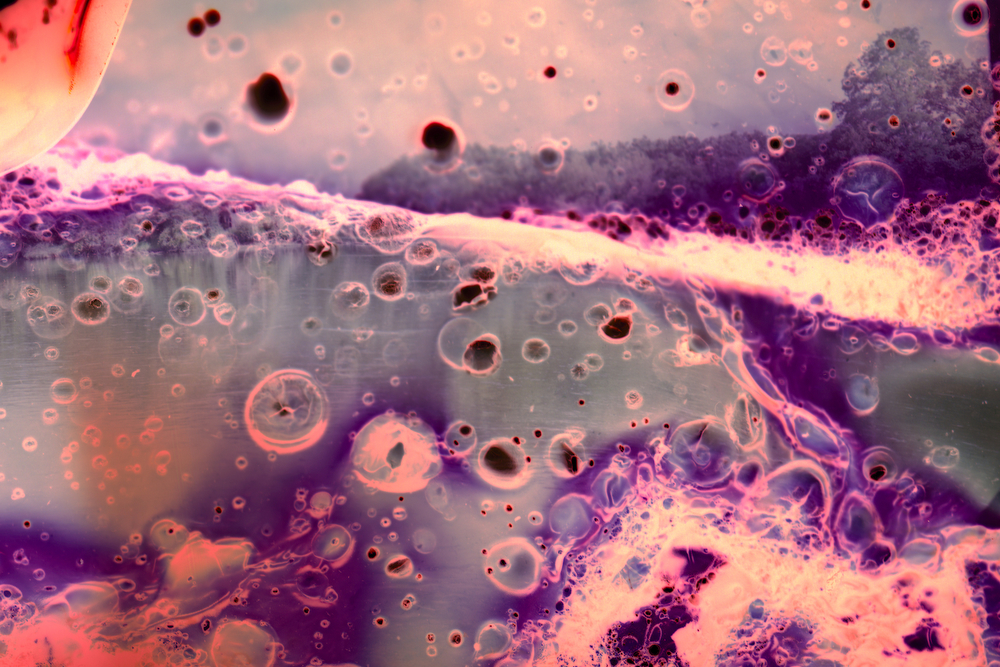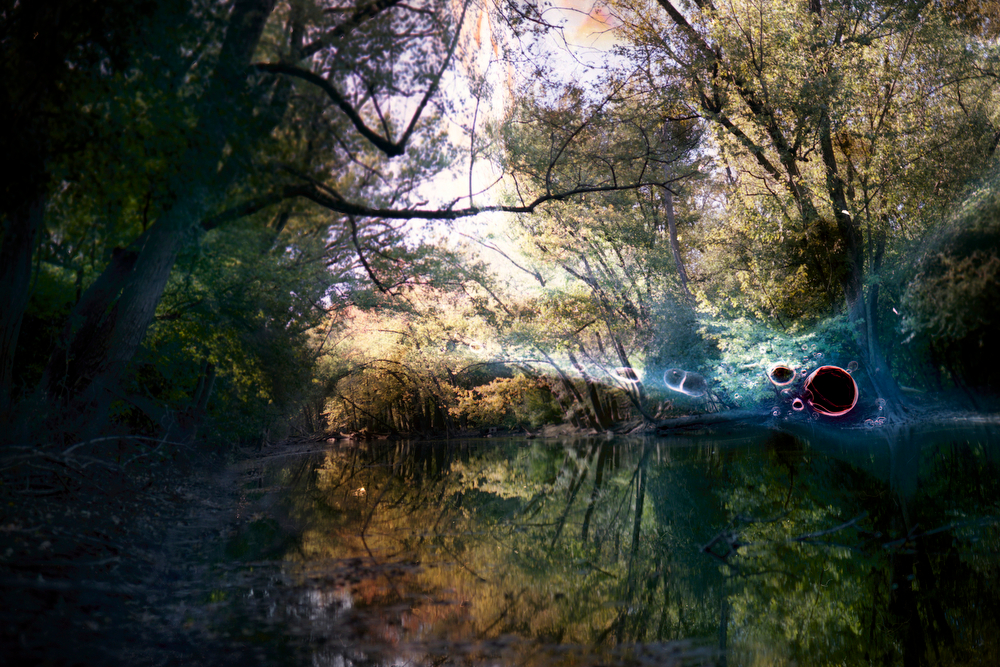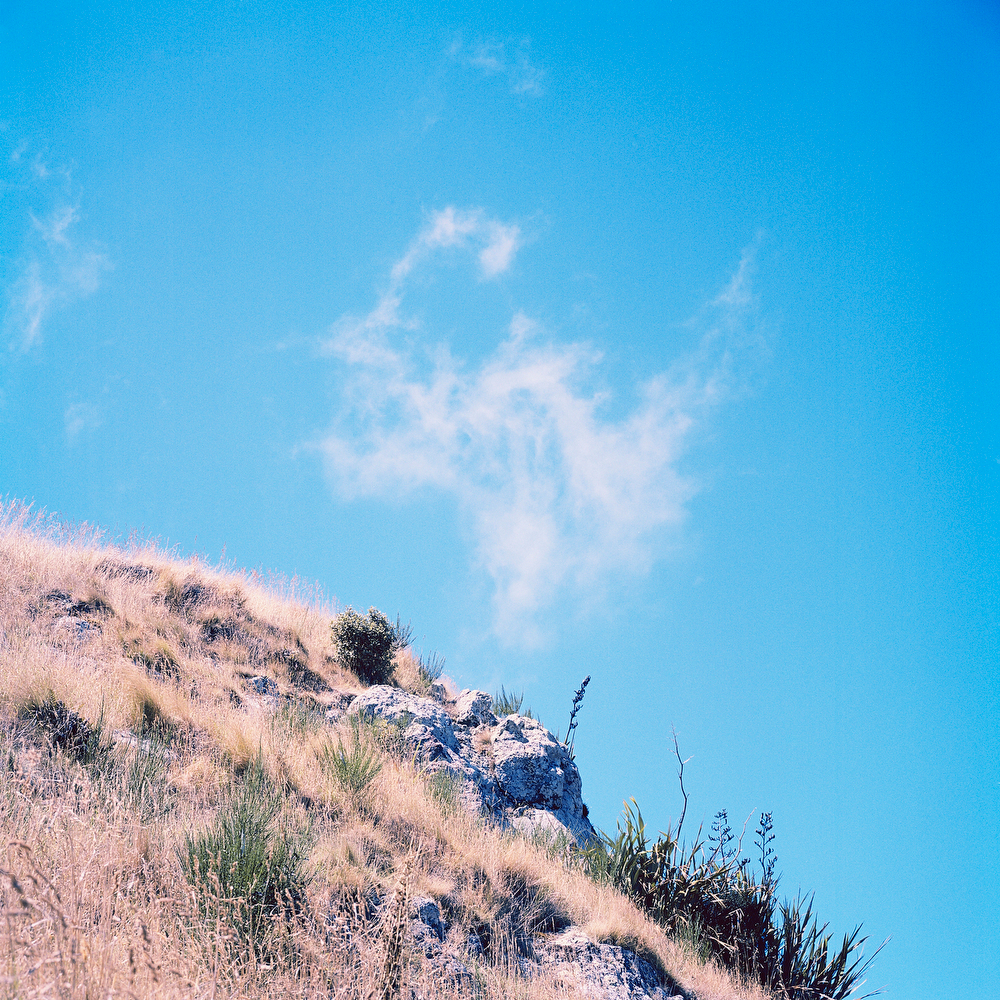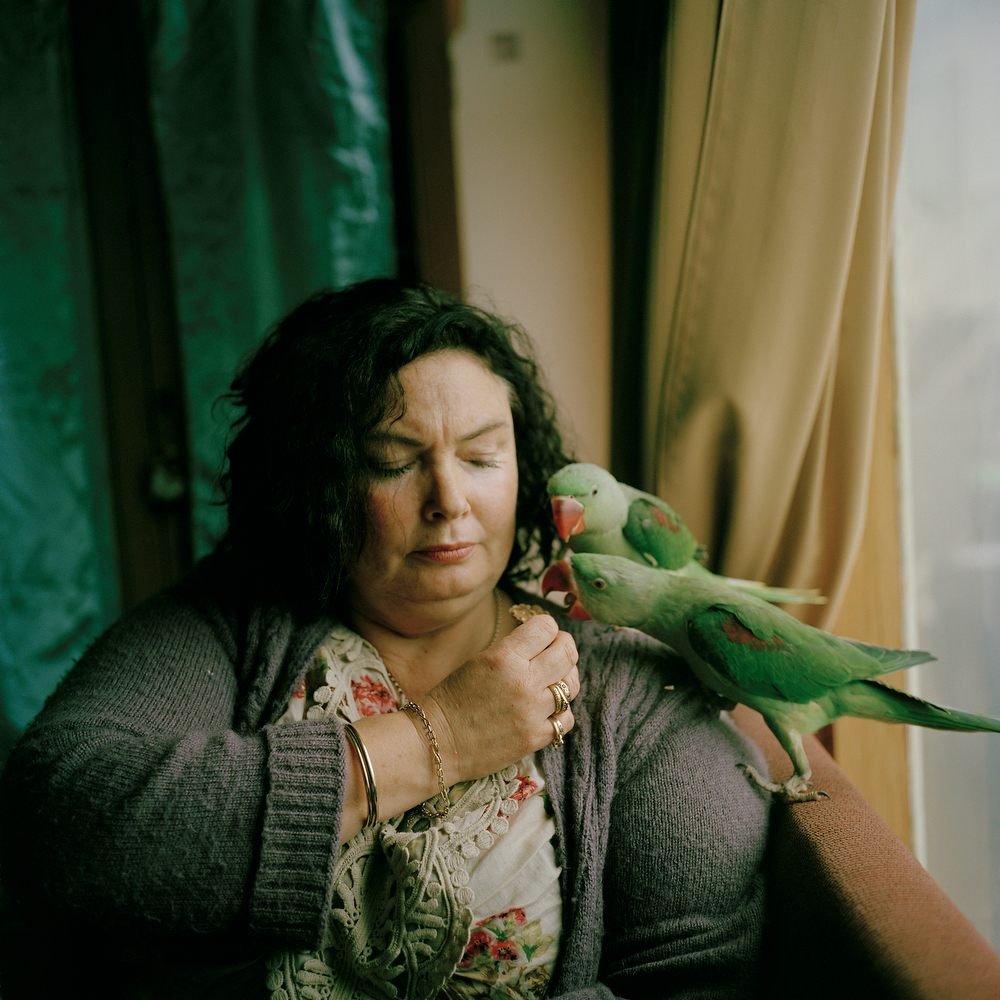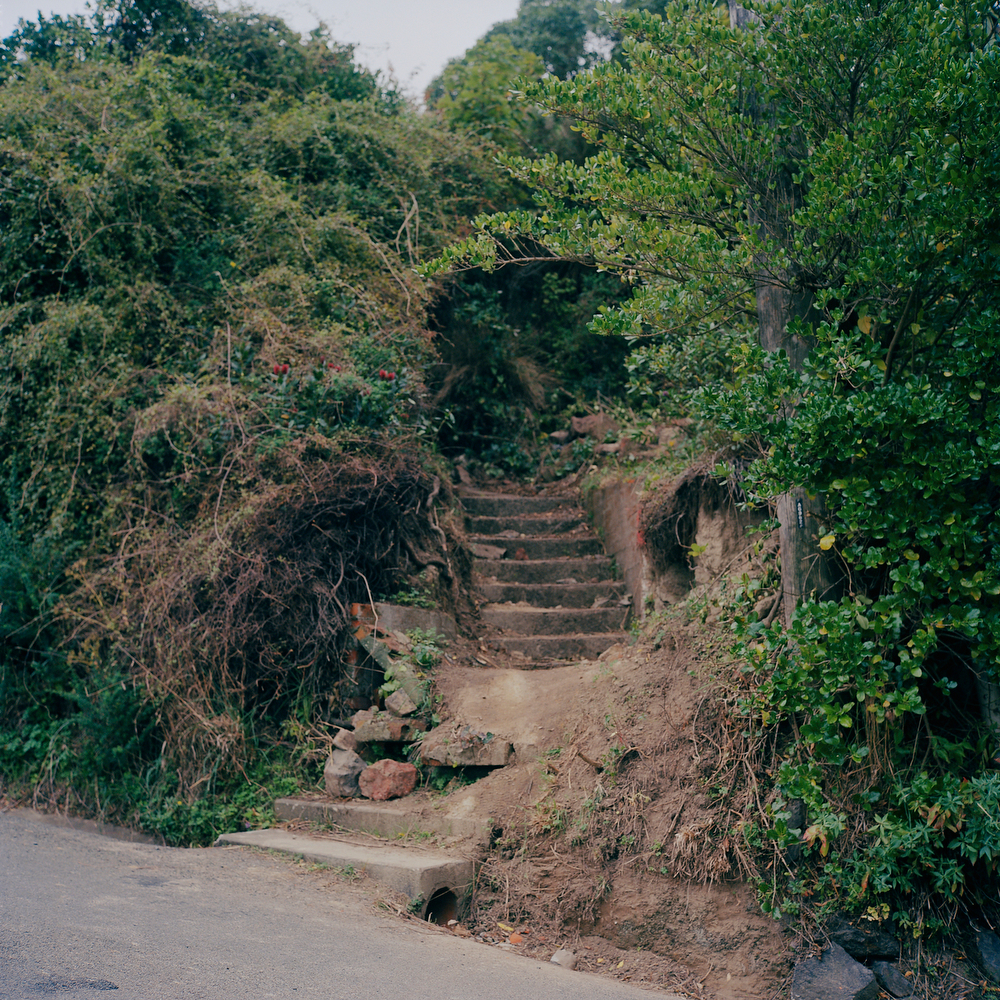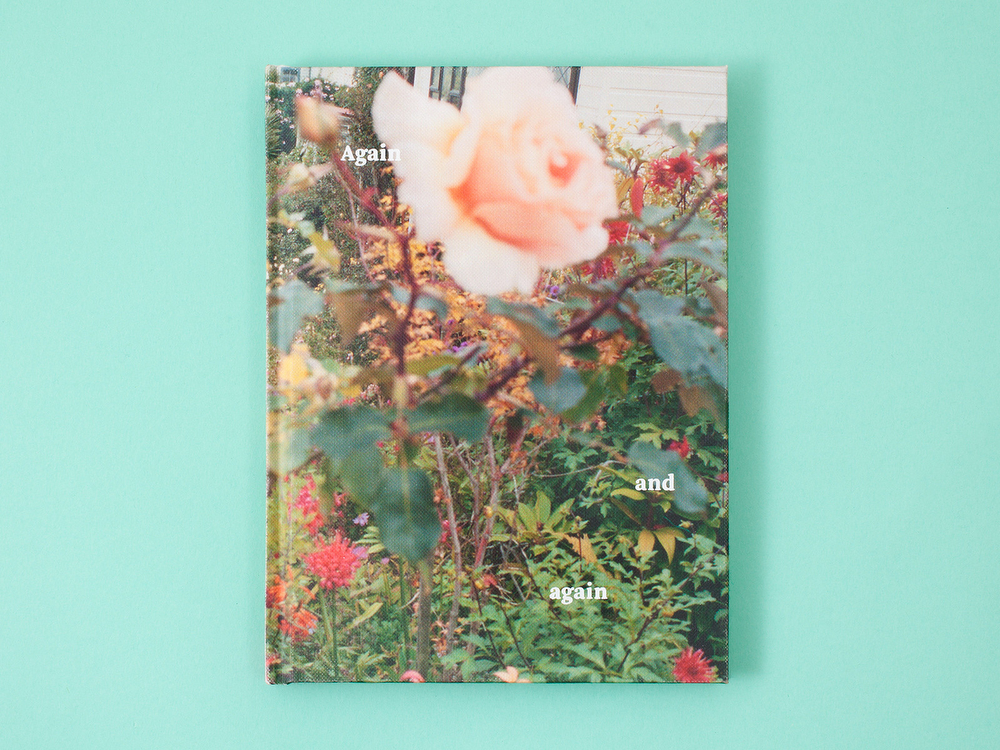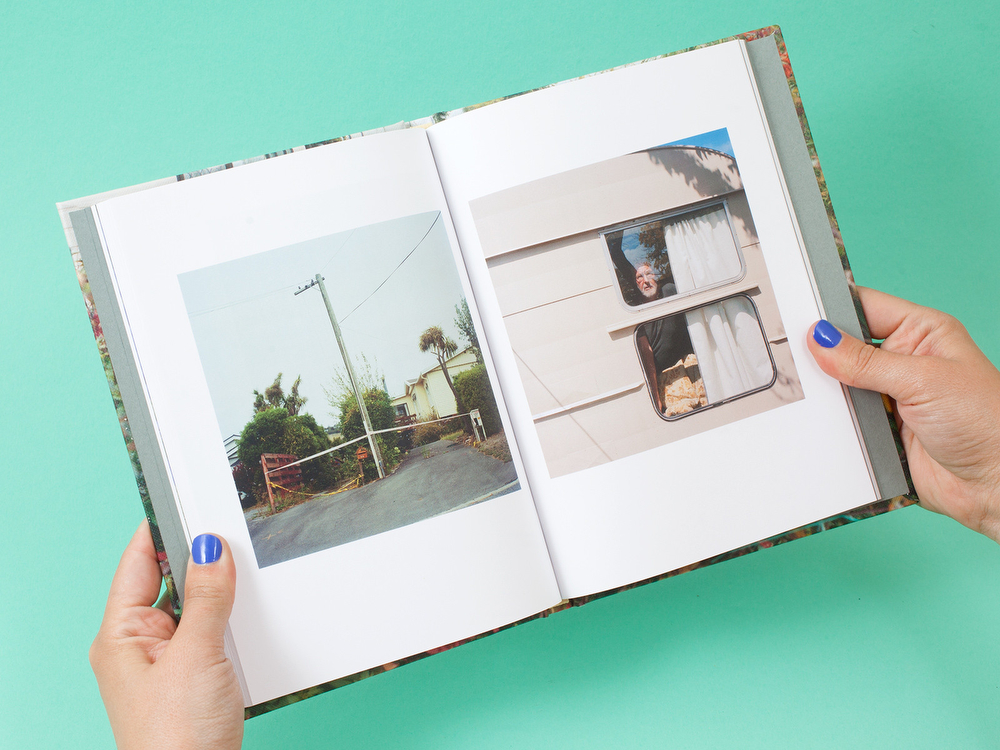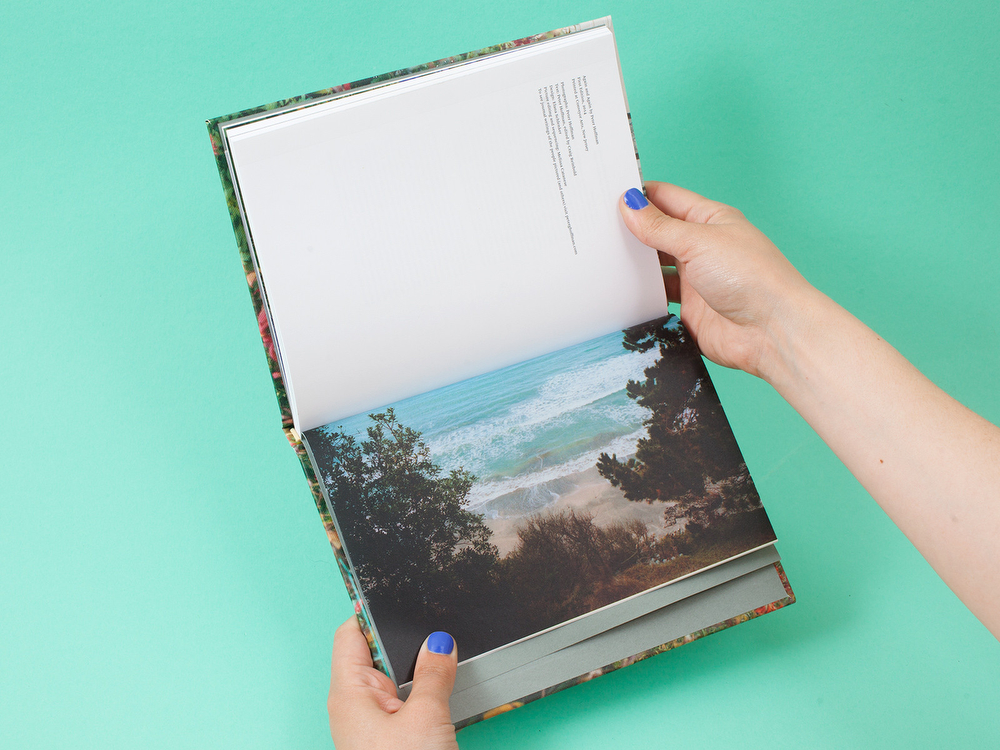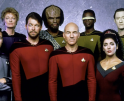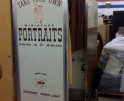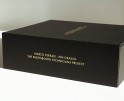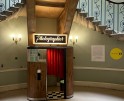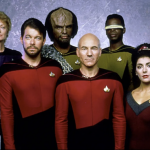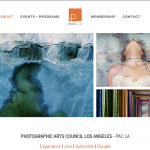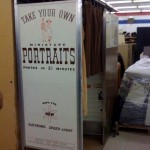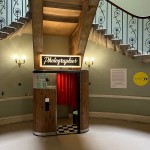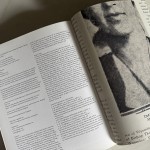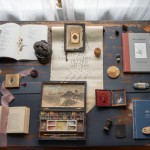Peter G. Hoffman: Fox River Derivatives and Again and Again
How photographers artistically respond to their sense of “place” is always intriguing to me. The great writer Wendell Berry has said that if you don’t know where you are then you don’t know who you are. Berry’s idea of being “placed” and letting a place inform your expression of the world is something I see in the work of Peter G Hoffman. In his series Fox River Derivatives and Again and Again, the landscape is personal but his approach to each is unique. Peter says, “My feelings about the human/landscape relationship are always evolving – but the one thing that remains constant is that I tend to grow deep attachments to the places I live in – this is not to say that I always actively enjoy the landscape – but I become invested in it, curious about it and ultimately want to understand how it impacts our behavior and vice versa. I cannot disconnect from where I am. I have lived in many different neighborhoods, and each one has left its mark on me.”
I asked Peter to share how the Fox River had “left its mark” on him and how it became the focus of his destructively beautiful series Fox River Derivatives. “Towards the beginning of my time as a photographer, I worked for a newspaper that covered the towns along the Fox River. I noticed over that time that the River represented a boundary between suburban development and a more rural landscape. When I started this project, it was just after the BP oil spill in the Gulf and some friends and I had all agreed to respond to it by each making new work with the central them of Oil and Water. I took a more visually symbolic approach to this – comparing the two natural resources and thinking about what they gave us as a society and how we used them. I saw oil as generally representing consumer culture and development. I saw water as a more pure substance – something used as it is to sustain and give life. The River straddled these two metaphors. I used a 6×9 camera to shoot a variety of landscape images while traveling along the shore of the Fox River by bicycle. I coated the negatives in gasoline, ignited them, and then soaked them in water. I ruined a ton of negatives in the process, and most images were unusable. But, I wanted that loss of control to be part of the image making process because it echoed how I felt about our consumption habits. To me, the images are chaotic and straddle a line between representational and abstract. They are familiar and not, and ultimately representative of how I perceived the human presence warping the natural world.”
For his Again and Again series and book the place of note is the city of Christchurch, New Zealand. As a carefree undergrad in 2004, Peter was a student in Christchurch trying to find a balance between his studies and surfing. There he began to take a serious interest in photography. “I don’t think I would be a photographer if I hadn’t gone to NZ for the first time,” Peter said. “The first time I was there is easy to romanticize.” In 2011, a massive earthquake devastated the city. One of his favorite places to watch the sunrise, a clifftop spot, literally slid off into the sea during the earthquake. He felt a calling to return to Christchurch and in 2012 he did.
“My return eight years later was completely different and fulfilling in a different way. It was a weird time in that I was now meeting and really getting to know the people that made up the city but was also pretty alone in a lot of ways. The way the book is structured and edited, it is ultimately less about Christchurch and more about a general place that has undergone change and how that might feel psychologically. I wanted it to be something that you could connect with even if you’ve never set foot in the city. The place, time and my familiarity with the region was ultimately just the right occasion to explore these larger issues of impermanence and interpersonal connection with a place that I was interested in. It is not really trying to be about a natural disaster. It’s about an unexpected change in the landscape and how that sort of ripples out into how we feel about our daily life.”
Peter is a Chicago area native and resident who splits his time between commissioned and personal work. He has an M.A. in Photography from Ohio University School of Visual Communication. In 2013, he was named to the Art Director’s Club Young Guns 11th class. Clients include Runner’s World, Monocle, The FADER, The Guardian: Weekend Magazine, enRoute, The New York Times.
In 2014, he self-published his first book, Again and Again, a monograph set in Christchurch, New Zealand. It is held in the special collection libraries at The Detroit Center for Contemporary Photography, The Indie Photo Book Library, The School at the Art Institute of Chicago, Ohio University and the Houston Center for Photography.
Peter’s work has been exhibited widely and featured by American Photo, National Geographic, Time, CNN, Fast Company, The Huffington Post, Vice Creator’s Project, Juxtapoz, and others.
Fox River Derivatives
Fox River Derivatives is a series that began with a questioning of the human relationship with available natural resources. Using the theme “Water and Oil” the images are the result of an experiment that utilizes water and fossil fuels in the actual image-making process, letting these substances become an important variable in the visual representation. Photographs are made along the Fox River, part of the suburban Chicago landscape. The river passes through both untouched rural areas and consumer-oriented suburban sprawl.
Again and Again
Again and Again was photographed from January to April of 2012 in Christchurch, New Zealand. The book takes viewers on a wandering path exploring the neighborhoods and encountering the people of Christchurch. At the time, the area is still encountering near daily tremors a year after a significant earthquake, and severe aftershocks destroyed much of the central city and numerous homes in the coastal suburbs.
I lived in Christchurch for about half of 2004, and my favorite spot to watch the sun rise, a cliff top spot in a suburb called Sumner, fell into the sea with the earthquakes. The beauty of the spot never left me, and I had dreamed of one day going back with family and loved ones to show them the spot, but it’s not there anymore. Learning that the spot had disappeared instilled in me a sense of urgency to return, so I did.
The resulting work was born out of a desire to explore the impermanence of place and how we cope with or are affected by constant change and uncertainty. Christchurch is well known by its nickname “The Garden City” and although there wasn’t much infrastructure being rebuilt at the time of my visiting, the land had already started to sprout anew in both new and expected places.
Posts on Lenscratch may not be reproduced without the permission of the Lenscratch staff and the photographer.
Recommended
-
The Next Generation and the Future of PhotographyDecember 31st, 2025
-
Spotlight on the Photographic Arts Council Los AngelesNovember 23rd, 2025
-
100 Years of the Photobooth: Celebrating Vintage Analog PhotoboothsNovember 12th, 2025
-
100 Years of the Photobooth: The Photobooth Technicians ProjectNovember 11th, 2025
-
100 Years of the Photobooth: Rafael Hortala-Vallve: AUTOFOTONovember 10th, 2025


